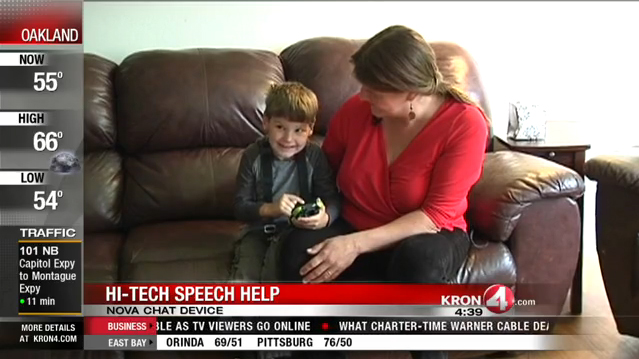Meet Isaac, he is an energetic, happy, and social 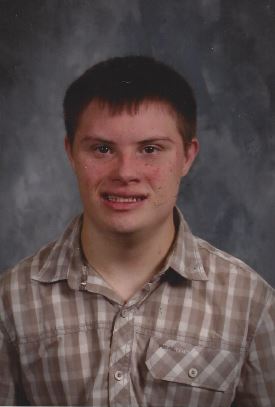 young man. He is a very talented artist. Isaac blows everyone away when he begins to draw. His bedroom is covered in his amazing drawings which include Disney princesses, houses, organs, and other cartoon characters. Isaac also loves to dance and show his moves off when his favorite songs come on. Isaac is very fun to be around and is often making people laugh with his fun personality.
young man. He is a very talented artist. Isaac blows everyone away when he begins to draw. His bedroom is covered in his amazing drawings which include Disney princesses, houses, organs, and other cartoon characters. Isaac also loves to dance and show his moves off when his favorite songs come on. Isaac is very fun to be around and is often making people laugh with his fun personality.
Isaac has always struggled with communication, but in the last few months that he has had the NOVA chat 7 his communication skills have increased dramatically. Isaac received his NOVA chat 7 in January and has rarely let it out of his sight since. He quickly became familiar with the device and is in love with the fact that people can now understand what he wants to tell them. Isaac recently told his parents all through his NOVA chat 7 that they should go camping, so that he and his nephew could go to his sisters for the weekend. His family and staff were impressed that he was able to express this using his device only having had the device just a few months. Along with using the device to tell stories, Isaac listens to how the words are said and then tries to say them verbally. His teachers, parents, and SLP agree that his verbal communication is now easier to understand since he has been using the device.
In the past, Isaac would leave an area without warning and would be found in places of interest to him. Now that he has his NOVA chat 7 he can communicate with where he would like to go and why. His staff have seen a difference in his behavior because he now can communicate his wants and needs. Isaac’s independence levels have increased with the use of the NOVA chat. This year he was able to use his device to self-direct his Individual Education Plan in which he expressed a desire to work. We are all excited to help him reach this goal and feel like it is more obtainable than ever now that he can use his new “voice” to help communicate with co-workers, bosses, and/or customers.
We have seen great success in the past 5 months in which Isaac has had the NOVA chat 7. His family, teachers, and staff are excited to watch him use his device to continue to improve his quality of life.
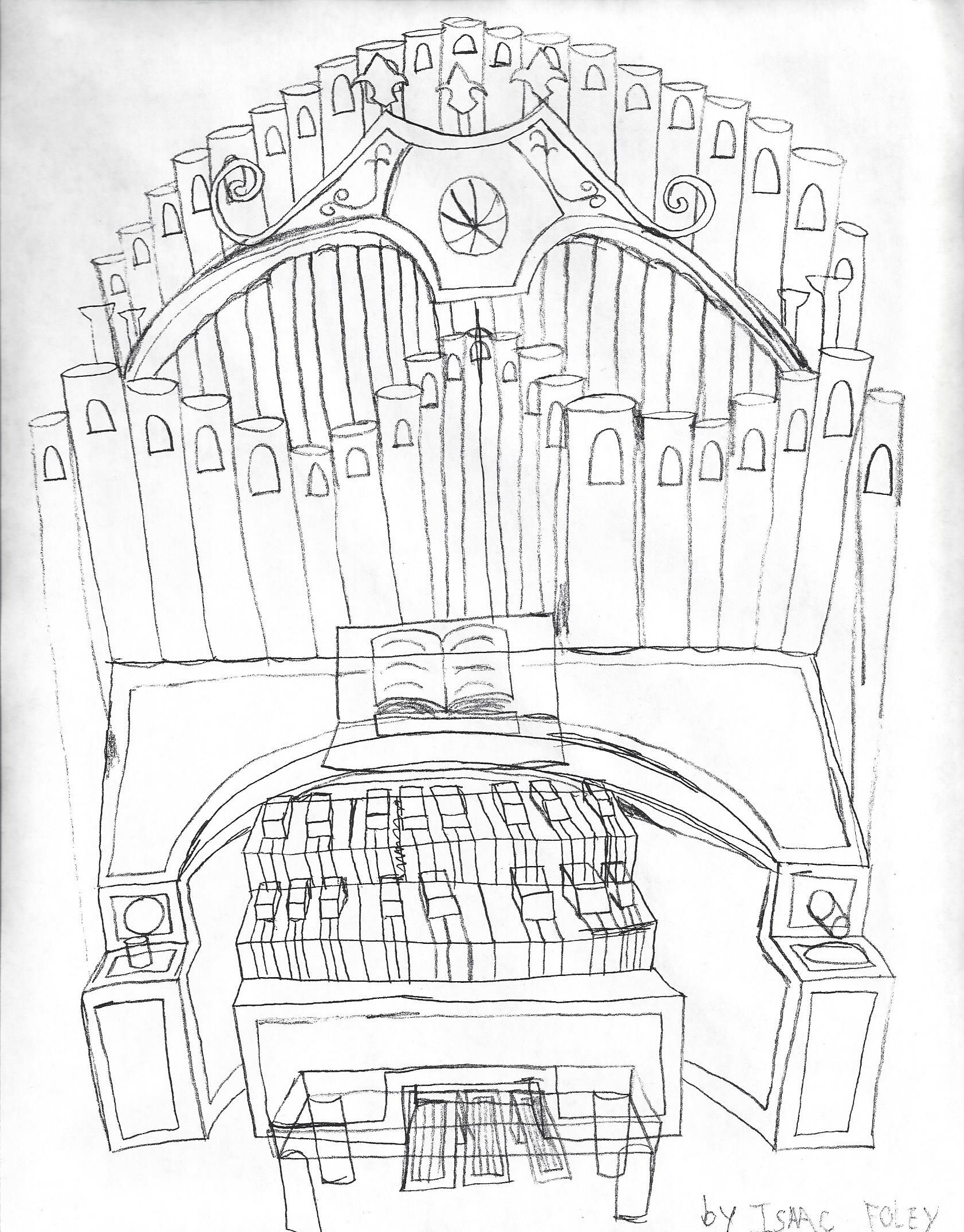















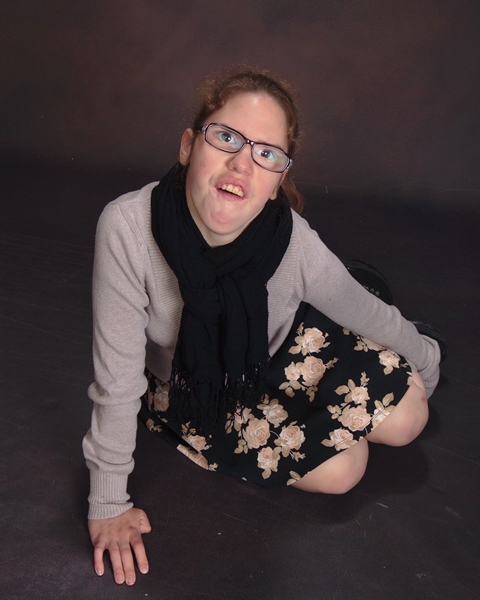 physical needs due to Moebius Syndrome and cerebral palsy, Elizabeth no longer has to rely on anyone to share her ideas, thoughts and feelings as long as her device is close at hand.
physical needs due to Moebius Syndrome and cerebral palsy, Elizabeth no longer has to rely on anyone to share her ideas, thoughts and feelings as long as her device is close at hand.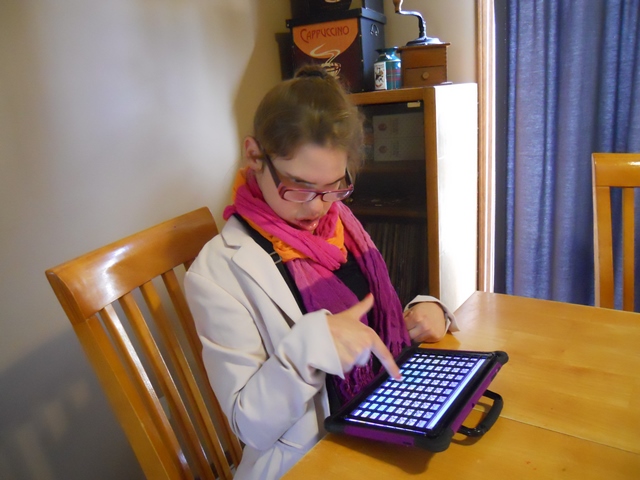 Mark, younger brother Michael, and younger sister Sarah. Four days a week, she takes a bus to and from an Adult Transition Program (ATP) at Hoffman Estates High School. Once a week, she volunteers at a resale shop alongside her mother. “Elizabeth sorts donations, helps create displays, and uses her NOVA chat to help research an item’s value for purposes of pricing,” Sandra explains. “She has established relationships there by using her NOVA chat at break time to chat with the other volunteers.”
Mark, younger brother Michael, and younger sister Sarah. Four days a week, she takes a bus to and from an Adult Transition Program (ATP) at Hoffman Estates High School. Once a week, she volunteers at a resale shop alongside her mother. “Elizabeth sorts donations, helps create displays, and uses her NOVA chat to help research an item’s value for purposes of pricing,” Sandra explains. “She has established relationships there by using her NOVA chat at break time to chat with the other volunteers.”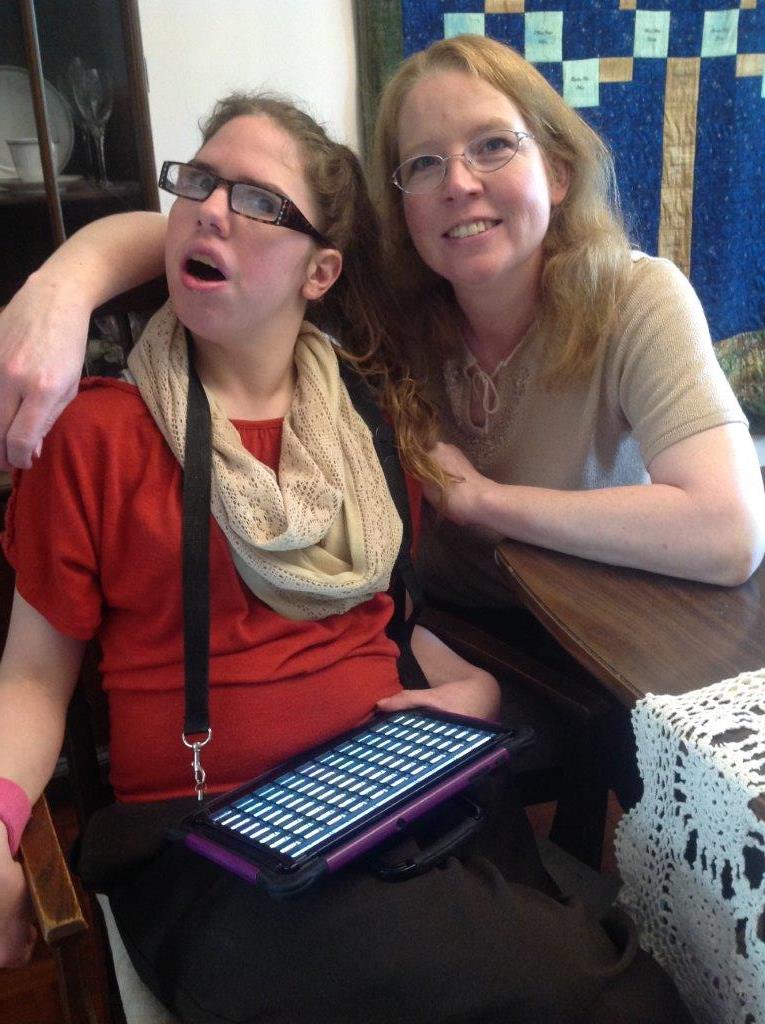 then celebrate any progress toward it. Kids in general tend to rise to expectations. Special kids are no different. Doctors don’t have a crystal ball -- we ignored the ones who told us “she will never” and felt justified when “she did!”
then celebrate any progress toward it. Kids in general tend to rise to expectations. Special kids are no different. Doctors don’t have a crystal ball -- we ignored the ones who told us “she will never” and felt justified when “she did!” and how finding the correct communication device, suitable to my abilities, has helped me regain my independence. When I was 16-years-old I suffered a Traumatic Brain Injury (TBI) from an assault, which damaged my motor skills, and left me with limited mobility. When I first awoke in the hospital unable to speak but completely aware of my situation, the doctors asked me to blink my eyes to yes/no questions, which assessed my cognition. I’m 32-years-old now and I still use eye blinks as a quick response method to yes or no questions. However, this method did not allow for personal opinion.
and how finding the correct communication device, suitable to my abilities, has helped me regain my independence. When I was 16-years-old I suffered a Traumatic Brain Injury (TBI) from an assault, which damaged my motor skills, and left me with limited mobility. When I first awoke in the hospital unable to speak but completely aware of my situation, the doctors asked me to blink my eyes to yes/no questions, which assessed my cognition. I’m 32-years-old now and I still use eye blinks as a quick response method to yes or no questions. However, this method did not allow for personal opinion.